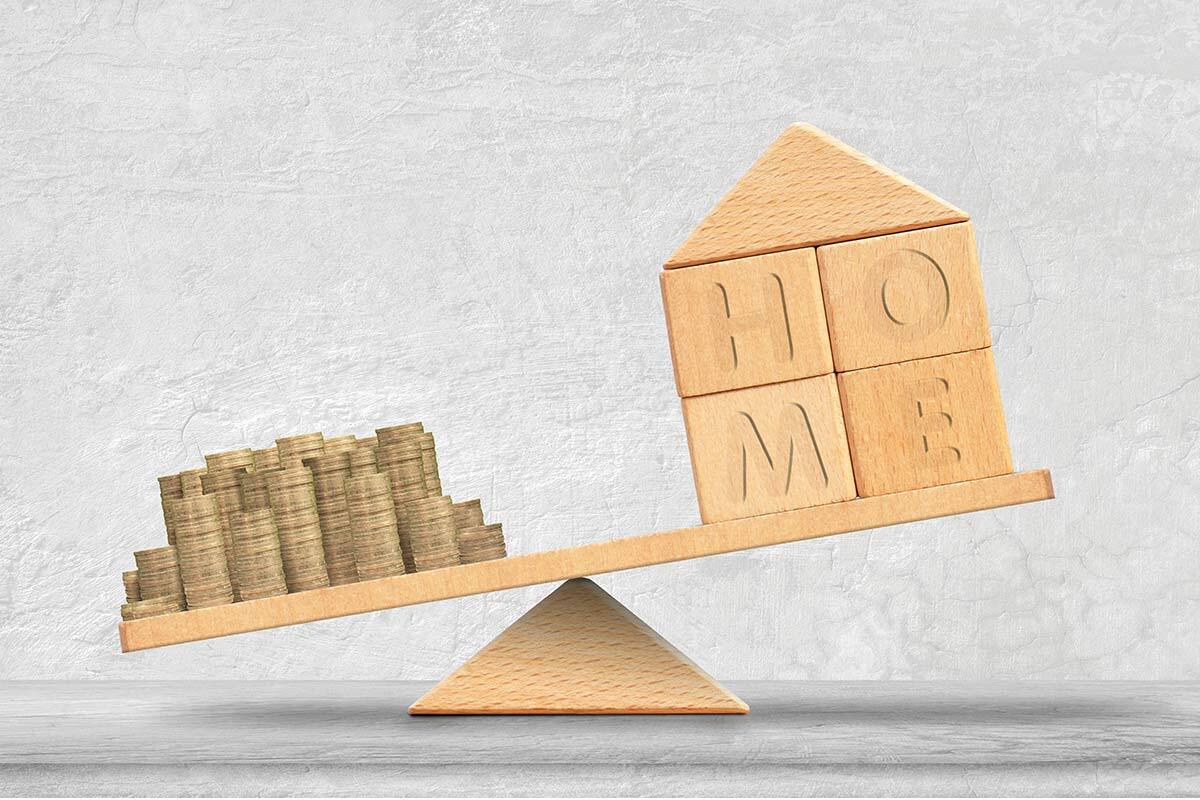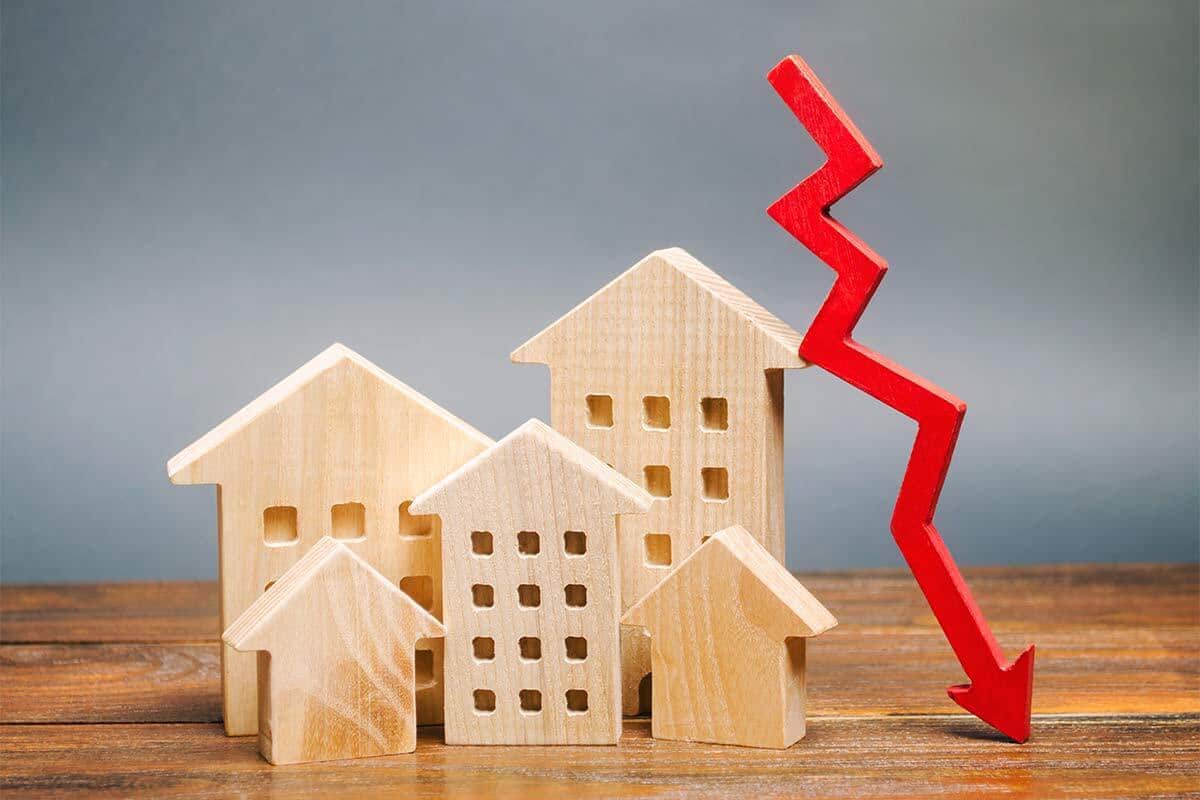Home equity is at an all-time high. Over the last couple of years, real estate prices have soared, sometimes as much as 30% compared to the previous year. The high prices have filled homeowner pockets with an unexpected cash influx by way of increased home equity. The caveat is, that windfall is all locked up in their home’s value. The good news is, if done the right way and for the right reasons, there are ways to unlock the equity in your home and put that money to use.
What Is Home Equity?
Real estate is one of the rare items that increase in value over time. If you were to buy a home today, typically, a year from now it would be worth more than what you bought it for. The gap between how much is left owing on the mortgage and what a home is worth now is called home equity.
How Borrowing on Home Equity Works
To access some cash, you can borrow against home equity. To do this, an agreement is made between you and a lender. In exchange for getting access to their cash flow, you offer them a stake in your home.
A loan, is a loan, is a loan. Using your home as collateral is the main difference between burrowing against home equity and other loans. You still have to pay back the amount you borrowed, along with interest, within a payment schedule.
Like regular loans, there’s an approval process for borrowing against home equity. It usually involves taking a look at your employment and income history, other financial obligations, and relevant information from the purchase of the house.
The appeal of borrowing against equity is lower interest rates. Loans secured on equity tend to have much lower interest rates than other loans like car financing and student loans.
Borrowing against equity involves a large sum of money and the future of your home. Talk to your current lender, but don’t just stop there. Do your homework by looking for what other lenders can offer you and use all that information to make an informed decision.
How To Build Home Equity
There are three ways to build equity. The most effective is paying off the primary mortgage. Every mortgage payment you make means owning another piece of your home, which instantly raises your home equity.
Another way you can increase your home equity is to improve the fair market value of your property. Enhancing your home’s landscape and interior by renovating adds value to the home. This increases how much your home is worth on the market and in turn increases the equity. The process works best for properties with low real estate value.
Finally, equity can build up from the property’s value increasing on its own. The biggest factor to do this is your neighbourhood. New amenities, nearby schools and workplaces, and good public transit, all improve the desirability of a neighbourhood. A more desirable neighbourhood raises home values in the area.
How Do I Calculate My Home Equity?
Calculating your home equity is straightforward. Once you know the current value of your home (let’s say $500,000), you simply deduct the amount of mortgage you still have owing (let’s say $200,000). In this case, you would have $300,000 in equity.
$500,000 – $200,000 = $300,000
If you’ve borrowed against your home equity (let’s say $50,000) you would need to deduct that from the property value as well. Your new equity amount would be $250,000.
$500,000 – $200,000 – $50,000 = #250,000.
How Much Equity Can I Cash Out?
There are a few factors that go into determining how much of your home equity you can access. Each lender uses its own set of guidelines. As a general rule of thumb, lenders offer loans equal to 80% of your home equity.
Your credit history, income, and other financial obligations will also factor into how much a lender is willing to loan you.
Pros/Cons of Borrowing Against Home Equity
Securing cash off of your equity is a relatively cheap way to get access to cash. The interest rates are low and you can shop around for what offer will be best for you and what you want to do with the money.
The downfall is that if the extra payment becomes too much of a burden and you get in over your head, it’s your home that’s at risk.
The best thing you can do to mitigate the risk and make the most out of the cash is to carefully consider why you want to borrow money.
Ways To Borrow
There are several options for borrowing against your equity. Some common ones are:
- Refinancing your home
- Getting a second mortgage
- Taking out a Home Equity Line of Credit (HELOC)
- Securing a reverse mortgage
- Borrow on amounts you’ve repaid.
Not all options are equal and not everyone can access every option. Invest time into the decision of which option is best for you and what you want to do with the money.
Reasons To (and Not To) Borrow
There are just about as many reasons why people look to borrow against their home equity as there are homes. Here are some common ones:
- Home improvements, remodelling and upgrades
- Fund investments
- Start a business
- Pay off credit card debt
- Set aside an emergency fund
- Fund education
- Make a big-ticket purchase
- Fund a major life event
Before moving forward with getting a loan think carefully, and be honest with yourself. Are you looking to borrow because you want to do needed repairs to the home? That’s a sound reason to move forward. On the other hand, if you want to borrow because you need cash to pay bills, it’s probably best to look at other options. Along with that, you may want to consider speaking with a consultant to get your finances under control.
If you’ve found yourself in over your head and need help The Debt.ca team is here to lend a hand. They can help you come up with a manageable plan to get you out of debt. To get started contact us to talk to a consultant.









